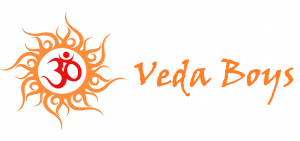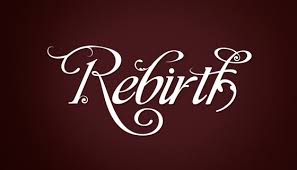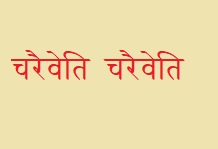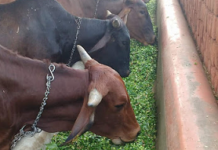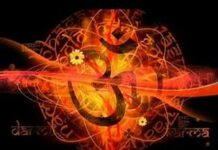Vedas view on Rebirth
Brihadaranyaka Upanishad says about the rebirth. The text is contained within the Shatapatha Brahmana, which is itself a part of the Shukla Yajur Veda.
It is mentioned in Brihadaranyaka Upanishad Verse 4.4.4
तद्यथा पेशस्कारी पेशसो मात्राम् अपादायान्यन्नवतरं कल्याणतरं रूपं तनुते, एवमेवायमात्मेदं शरीरं निहत्य, अविद्यां गमयित्वा, अन्यन्नवतरं कल्याणतरं रूपं कुरुते—पित्र्यं वा, गान्धर्वं वा दैवं वा, प्राजापत्यं वा, ब्राह्मं वा, अन्येषां वा भूतानाम् ॥ ४ ॥
“Just as a goldsmith takes apart a little quantity of gold and fashions another—a newer and better—form, so does the self throw this body away, or make it senseless, and make another—a newer and better—form suited to the Manes or the celestial minstrels, or the gods, or Virāj, or Hiraṇyagarbha, or other beings. “
Similarly in Brihadaranyaka Upanishad Verse 4.4.6
तदेव सक्तः सह कर्मणैति लिङ्गं मनो यत्र निषक्तमस्य ।
प्राप्यान्तं कर्मणस्तस्य यत्किञ्चेह करोत्ययम् । तस्माल्लोकात्पुनरैत्यस्मै लोकाय कर्मणे ॥ इति नु कामयमानः; अथाकामयमानः—योऽकामो निष्काम आप्तकाम आत्मकामो न तस्य प्राणा उत्क्रामन्ति, ब्रह्मैव सन्ब्रह्माप्येति ॥ ६ ॥
“Being attached, he, together with the work, attains that result to which his subtle body or mind is attached. Exhausting the results of whatever work he did in this life, he returns from that world to this for (fresh) work.’ Thus does the man who desires (transmigrate). But the man who does not desire (never transmigrates). Of him who is without desires, who is free from desires, the objects of whose desire have been attained, and to whom all objects of desire are but the Self—the organs do not depart. Being but Brahman, he is merged in Brahman.”
